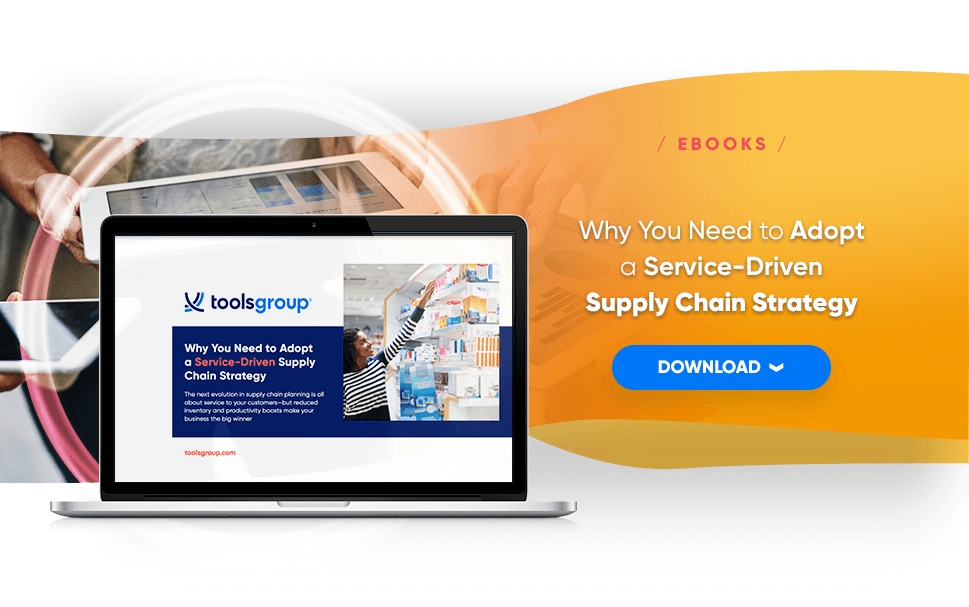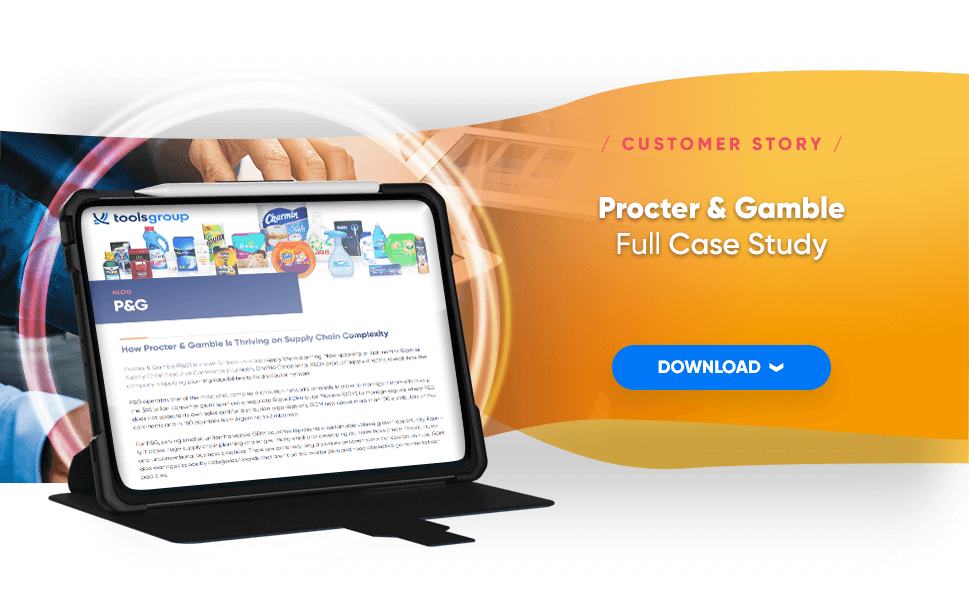How the P&G Supply Chain Thrives on Supply Chain Complexity
The Procter & Gamble (P&G) supply chain is known for best-in-class supply chain planning. Speaking at the Gartner Supply Chain Executive Conference in London, P&G’s product supply director Onofrio Caradonna reveals how the company is applying planning capabilities to its distributor network.
P&G supply chain: a sustainable growth opportunity
P&G operates one of the most vast, complex distribution networks on earth. In order to manage it more effectively, the $65 billion consumer giant spun out a separate Global Distributor Markets (GDM) operation to manage regions where P&G does not operate its own sales and/or distribution organizations. GDM now serves more than 100 distributors on five continents and in 180 countries from Argentina to Zimbabwe.
For P&G, serving smaller, under-harvested GDM countries represents a sustainable volume growth opportunity. Equally it poses huge supply chain planning challenges. Many small and developing countries have crude infrastructures and unconventional business practices. There are extremely long distances between some transportation hubs. GDM also manages specialty categories/brands that aren’t on the master plan and need alternative go-to-market capabilities.
These and many other variables mean GDM needed extra supply chain resilience and flexibility to combat more extreme “bullwhip effect” consequences, like over- and under-stocking, transportation bottlenecks and cash flow issues. P&G’s existing planning system, designed for its main supply chain, couldn’t support GDM’s supply chain complexity.
Caradonna said, “All our planning variables added up to a very long, risky, complex supply chain and poor visibility. The GDM supply chain was constantly operating in crisis mode in order to cope with actual demand.”
Extending P&G’s S&OP process
P&G knew that it needed to improve its S&OP forecast quality, while reducing the human effort and inventory needed to meet customer service levels. In order to do this, P&G decided to extend its S&OP process out to its GDM distributors.
However, Caradonna said, “While distributors are normally excellent salespeople, they typically aren’t great at forecasting. In their worlds, cash is king and inventory is only viewed as a financial measure. Most did simple forecasting using huge spreadsheets based mainly on historical data and limited market intelligence.”
According to Caradonna, this dynamic led to P&G’s most powerful GDM distributors always getting the lion’s share of popular fast-movers, but regularly ending up with too much inventory. The weaker distributors were getting short-changed on these items and chronically unable to meet demand. All distributors were planning the speciality items inaccurately. Consumers in these markets were often unable to find their favorite items in stock.
To address the situation, P&G conceived a new online planning system aimed at making it easy for distributors to collaborate in the S&OP process and delivering hard financial benefits through more accurate, predictive forecasting. ToolsGroup’s SO99+ was tapped due to its advanced planning algorithm, a self-tuning forecasting engine, SAP connectors, MS Azure support and S&OP capabilities.
P&G initiated its new cloud-based, SaaS-deployed system with an 8-month pilot project in one of its most challenging markets. Next it implemented in Russia, followed by the United Arab Emirates (UAE).
The initial pilots provided important lessons for subsequent roll-outs as Caradonna explained: “The new system helped us simplify and improve our S&OP processes, providing clearer team roles and responsibilities and focusing minds on the most important priorities towards achieving financial goals. Above all, we learned that in order to succeed, the distributors really needed to take ownership of the system.”
Best-in-class corporate planning capabilities at the distributor level
The new system allowed P&G to manage the huge quantity of data it receives from its markets to generate a reliable financial and supply forecast. It ingests data mainly from P&G’s Microsoft SQL Azure and SQL Server databases. It also exchanges data with various distributor ERP systems, P&G’s SAP ERP system, spreadsheets and other sources. Key distributors helped design the interface to ensure the best possible user experience.
The system automatically generates the statistical forecast and the sales organization adds its intelligence to refine it and improve accuracy. This frees up Sales to focus on delivering the target instead of poring over massive spreadsheets to develop the forecasts. Crucially P&G is now able to factor in the many complex variables in its GDM supply chain to deliver unprecedented visibility, forecast accuracy, replenishment planning and predictive capabilities. Communication throughout the GDM network is better aligned and faster than ever before.
In the next implementation phase, P&G will roll the system out to five more distributors in the French Overseas Territories, Tunisia, Cyprus and Malta.
Caradonna concluded in his presentation: “We started out with a simple goal to deliver an online planning tool, but we ended up with so much more. Our ‘big wow’ moment came when we realized that we delivered a full end-to-end collaboration platform that not only met GDM’s complex requirements, but also gave unprecedented visibility and provided best-in-class corporate P&G planning capabilities at the distributor level.”








